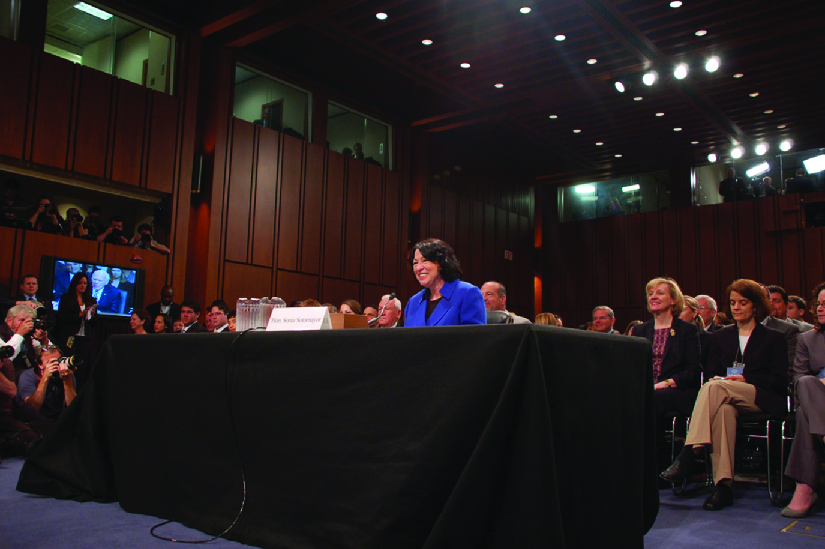| << Chapter < Page | Chapter >> Page > |
| Congressional Standing and Permanent Select Committees | |
|---|---|
| House of Representatives | Senate |
| Agriculture | Agriculture, Nutrition, and Forestry |
| Appropriations | Appropriations |
| Armed Services | Armed Services |
| Budget | Banking, Housing, and Urban Affairs |
| Education and the Workforce | Budget |
| Energy and Commerce | Commerce, Science, and Transportation |
| Ethics | Energy and Natural Resources |
| Financial Services | Environment and Public Works |
| Foreign Affairs | Ethics (select) |
| Homeland Security | Finance |
| House Administration | Foreign Relations |
| Intelligence (select) | Health, Education, Labor and Pensions |
| Judiciary | Homeland Security and Governmental Affairs |
| Natural Resources | Indian Affairs (select) |
| Oversight and Government Reform | Intelligence (select) |
| Rules | Judiciary |
| Science, Space, and Technology | Rules and Administration |
| Small Business | Small Business and Entrepreneurship |
| Transportation and Infrastructure | Veterans’ Affairs |
| Veterans’ Affairs | |
| Ways and Means |
Members of both parties compete for positions on various committees. These positions are typically filled by majority and minority members to roughly approximate the ratio of majority to minority members in the respective chambers, although committees are chaired by members of the majority party. Committees and their chairs have a lot of power in the legislative process, including the ability to stop a bill from going to the floor (the full chamber) for a vote. Indeed, most bills die in committee. But when a committee is eager to develop legislation, it takes a number of methodical steps. It will reach out to relevant agencies for comment on resolutions to the problem at hand, such as by holding hearings with experts to collect information. In the Senate, committee hearings are also held to confirm presidential appointments ( [link] ). After the information has been collected, the committee meets to discuss amendments and legislative language. Finally, the committee will send the bill to the full chamber along with a committee report. The report provides the majority opinion about why the bill should be passed, a minority view to the contrary, and estimates of the proposed law’s cost and impact.

Four types of committees exist in the House and the Senate. The first is the standing, or permanent, committee. This committee is the first call for proposed bills, fewer than 10 percent of which are reported out of committee to the floor. The second type is the joint committee . Joint committee members are appointed from both the House and the Senate, and are charged with exploring a few key issues, such as the economy and taxation. However, joint committees have no bill-referral authority whatsoever—they are informational only. A conference committee is used to reconcile different bills passed in both the House and the Senate. The conference committees are appointed on an ad hoc basis as necessary when a bill passes the House and Senate in different forms. Finally, ad hoc, special, or select committees are temporary committees set up to address specific topics. These types of committees often conduct special investigations, such as on aging or ethics.

Notification Switch
Would you like to follow the 'American government' conversation and receive update notifications?